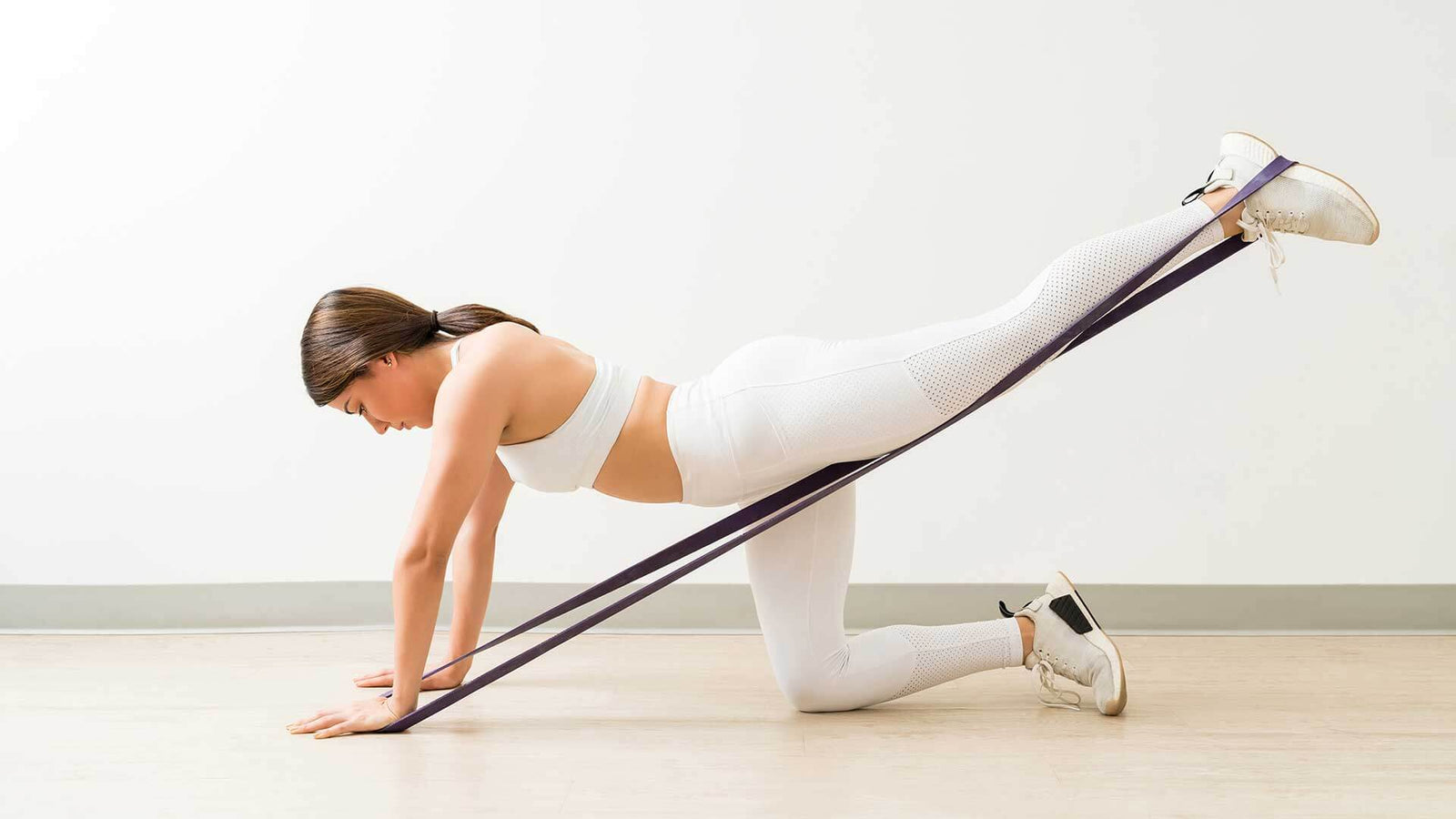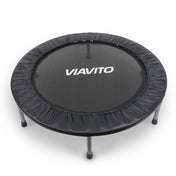In recent years, resistance bands have become one of the most popular pieces of fitness equipment on the market. With their cheap price tag, portability and ease of use, they are great for everyone from newcomers just getting into fitness to experienced trainers. Despite that, many people still don’t realise just how versatile resistance bands truly are though, whether that be the different types available or the number of exercises you can perform with them.
Let’s look closer at the options you have available and answer some of the most frequently asked questions people have about resistance bands.
What are the benefits of resistance bands?
Enhancing stretches/flexibility
Stretching against a resistance is the best way to increase flexibility in a joint. This makes resistance bands an ideal tool to help you improve your flexibility levels throughout your body.
Accessibility
Simple to use and incredibly versatile, they are suitable for users of all budgets and abilities.
Cooling down
Resistance bands are perfect for performing a few sets of exercise against moderate resistance after a tough workout, which will help to get rid of any lactic acid and limit muscle soreness.
Low impact
The low impact nature of resistance bands makes them an ideal way to work out for anyone who is dealing with an injury or has a muscle or joint problem that limits what they can do.
Toning
The moderate level of resistance produced by the bands makes them ideal for the high rep workouts that help to tone muscle.
Muscle endurance
The ability to perform numerous repetitions against a continuous, medium resistance will greatly help to improve the endurance of the users’ muscles.
Rehabilitation
Resistance bands are ideal for people suffering injuries, such as a torn rotator cuff, and are extensively used for physiotherapy during rehab.
Types of resistance bands
Strong
These are the resistance bands that provide the greatest resistance. They are primarily for those looking for a real challenge and will give you the toughest workout.
Medium
The most common form of resistance band available, these are great for users of all different abilities and are incredibly versatile in terms of the exercises they can be used for.
Light
Light resistance bands are the ones that provide the least resistance. They are ideal for beginners, as well as anyone rehabbing an injury.
Tube
The band on these is made of a cylindrical tube of rubber. They are popular as they can have handles attached to them, opening up a greater range of potential exercises.
Flat
The most common kind of resistance bands are flat sheets of material, usually latex, that can easily be secured around doors and other anchors.
Things To Consider
Portability
While all resistance bands are portable, some are more so than others. For example, flat resistance bands fold up much better than tube resistance bands, so select the option that suits you best.
Material
Resistance bands are most commonly made from latex however some people are allergic to this. In that instance, looking at synthetic rubber or fabric alternatives would be a wise idea.
Experience level
With different levels of tension available, make sure to select a level of resistance or a style of resistance band that you feel best suits your ability level.
Stability
Differing shapes and thicknesses among resistance bands provide varying levels of stability, depending on how you plan to anchor them. Knowing where and how you plan to use your bands could help you to decide the best type to buy.
Warranty
As a product that takes a lot of wear and tear and is known to have a limited lifespan, make sure you select one with a warranty that makes you feel confident in your purchase.
Resistance band maintenance
There is no maintenance required at all with resistance bands, simply make sure you clean them after use to stop them from becoming stained or smelly.

